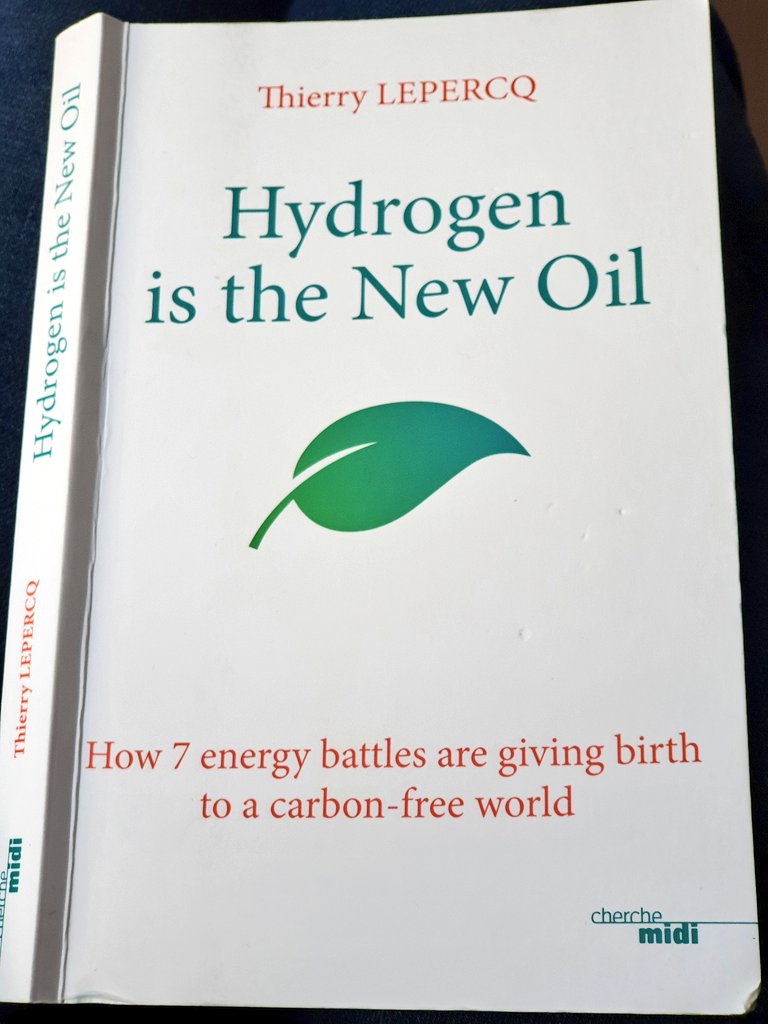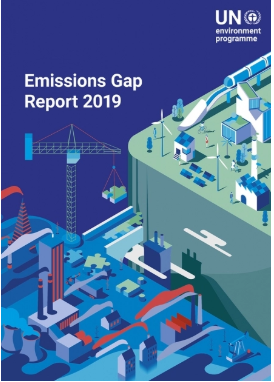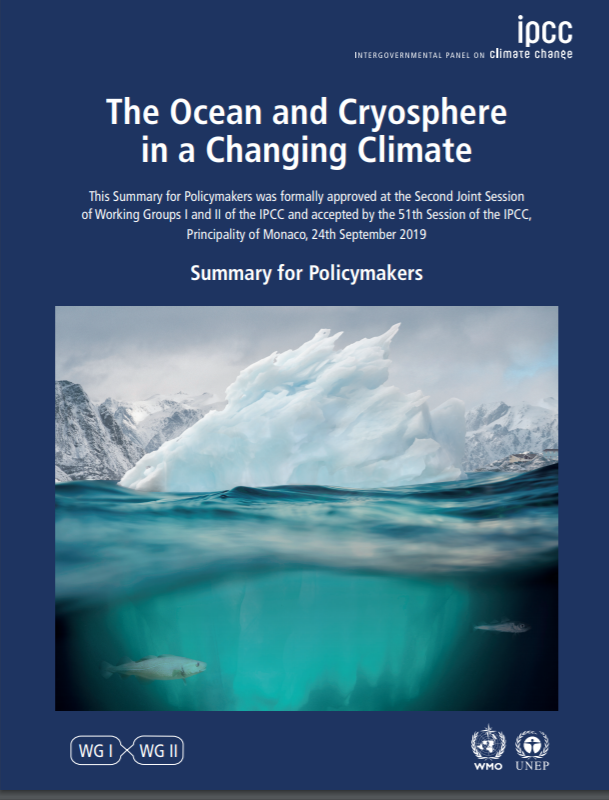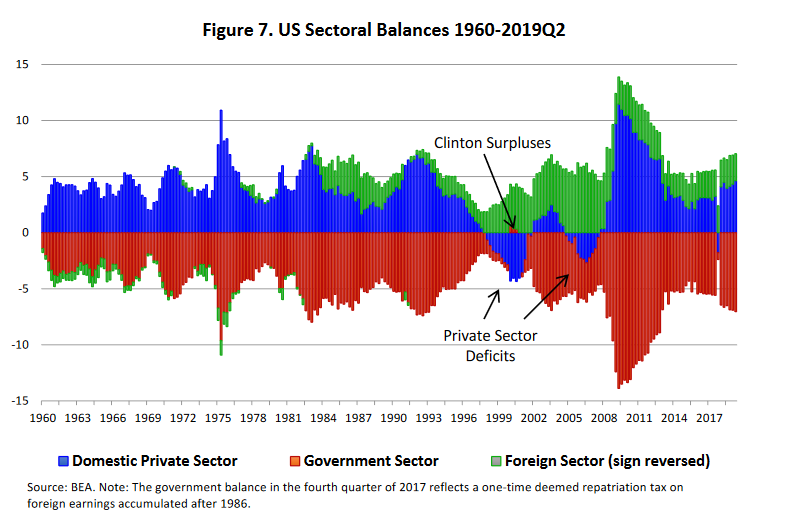Thread with some observations:
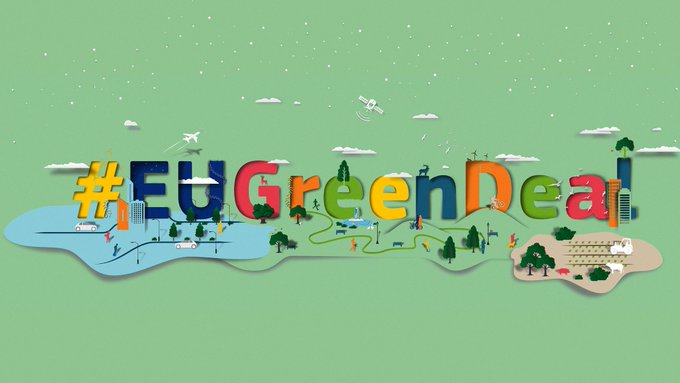
1. Introduction - turning an urgent challenge into a unique opportunity
2. Transforming the EU's economy for a sustainable future
3. The EU as a global leader
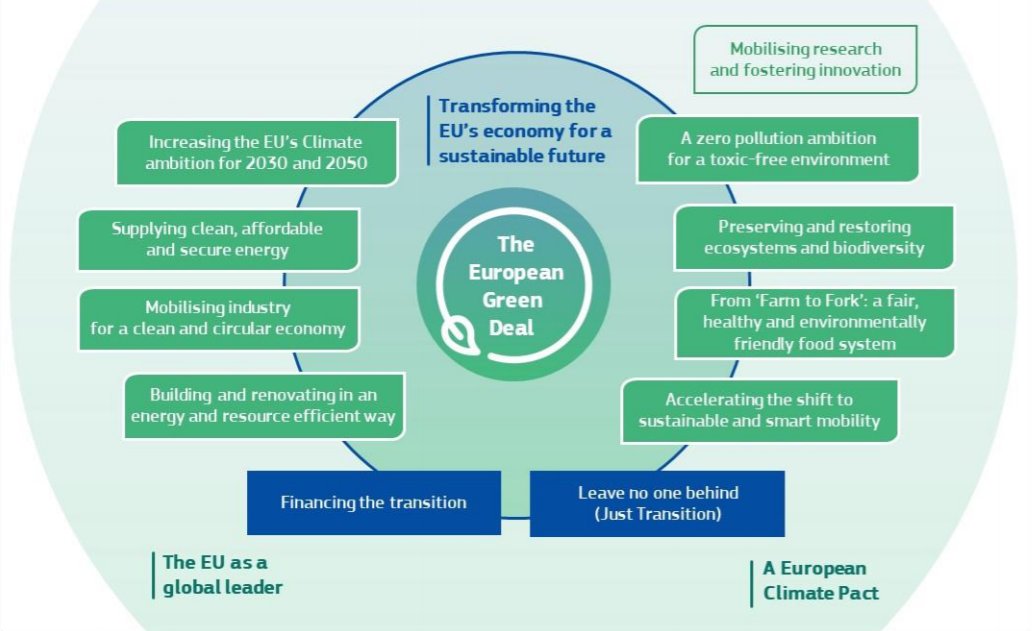
Finally, it aims to position the EU as a global leader, and to engage with the public on climate action (European Climate Pact).
1. Efficiency up
2. Power largely renewable
3. Coal out
4. Gas to be decarbonised.]
pace. The #EUGreenDeal will support and accelerate the EU’s industry transition to a sustainable model of inclusive growth.
companies.
pollution action plan for air, water and soil.
The magnitude of the investment challenge requires mobilising both the public and private sector.
1. Strengthen the foundations for sustainable investment
are credible.
3. Manage climate and environmental risks and integrate those into the financial system.


